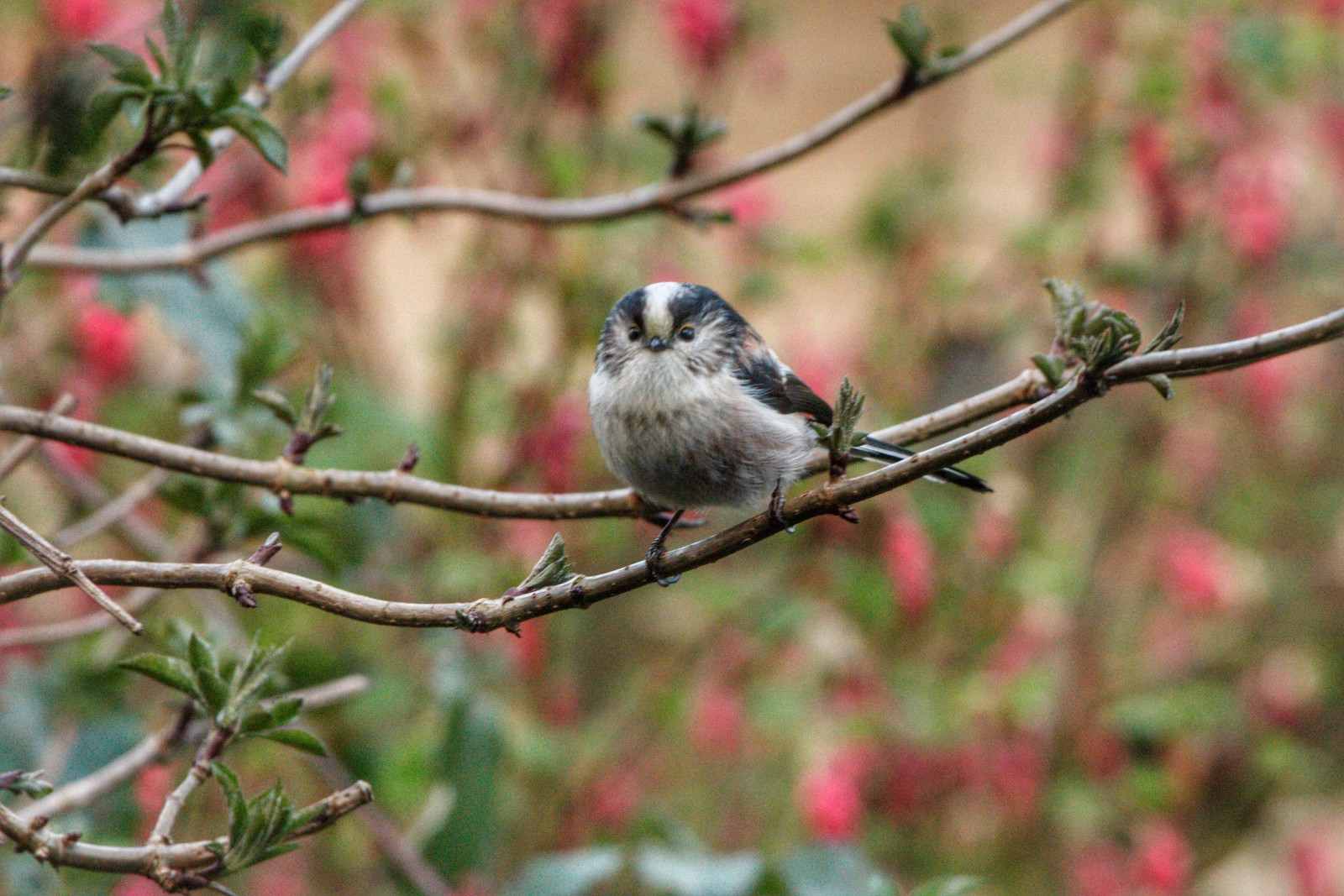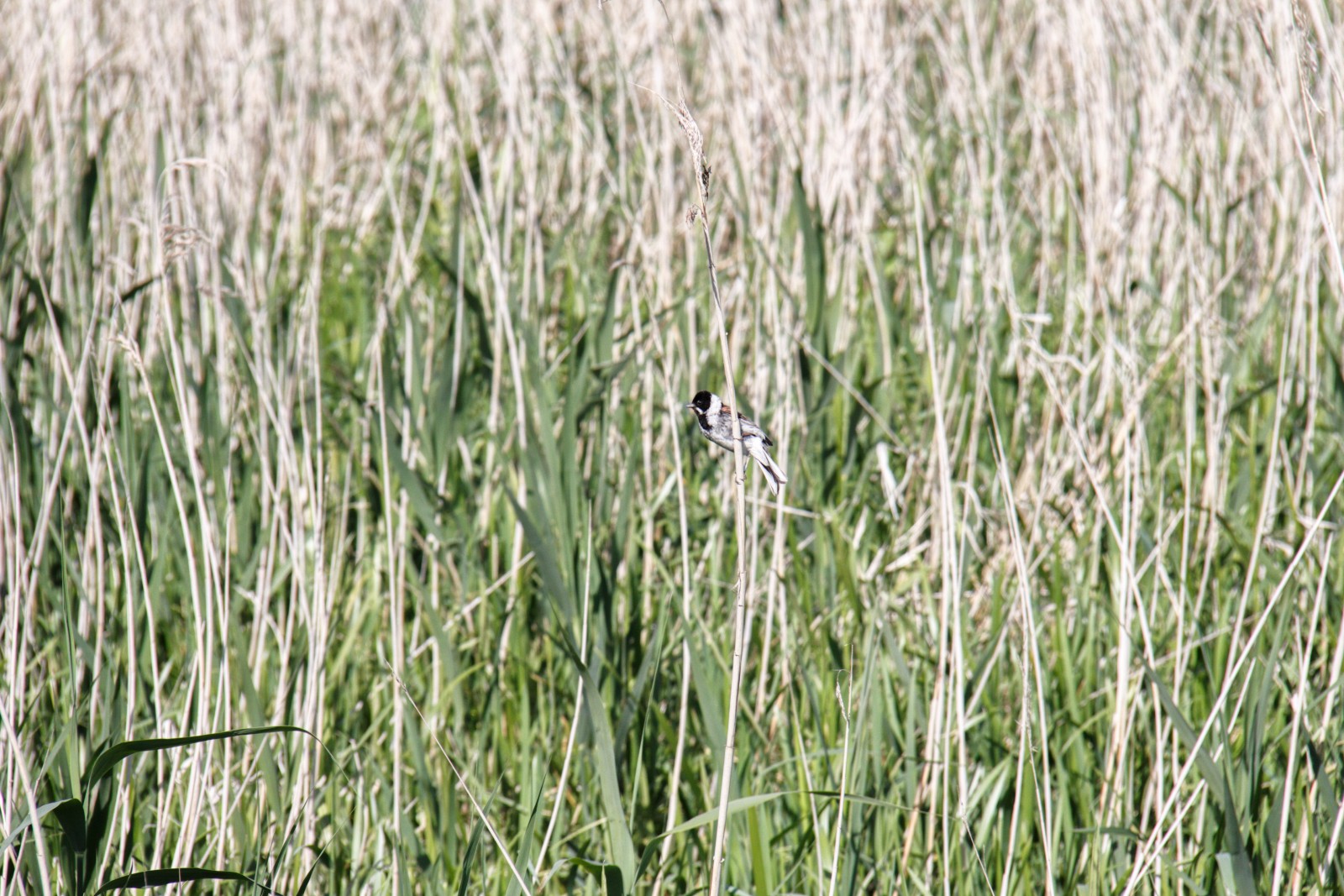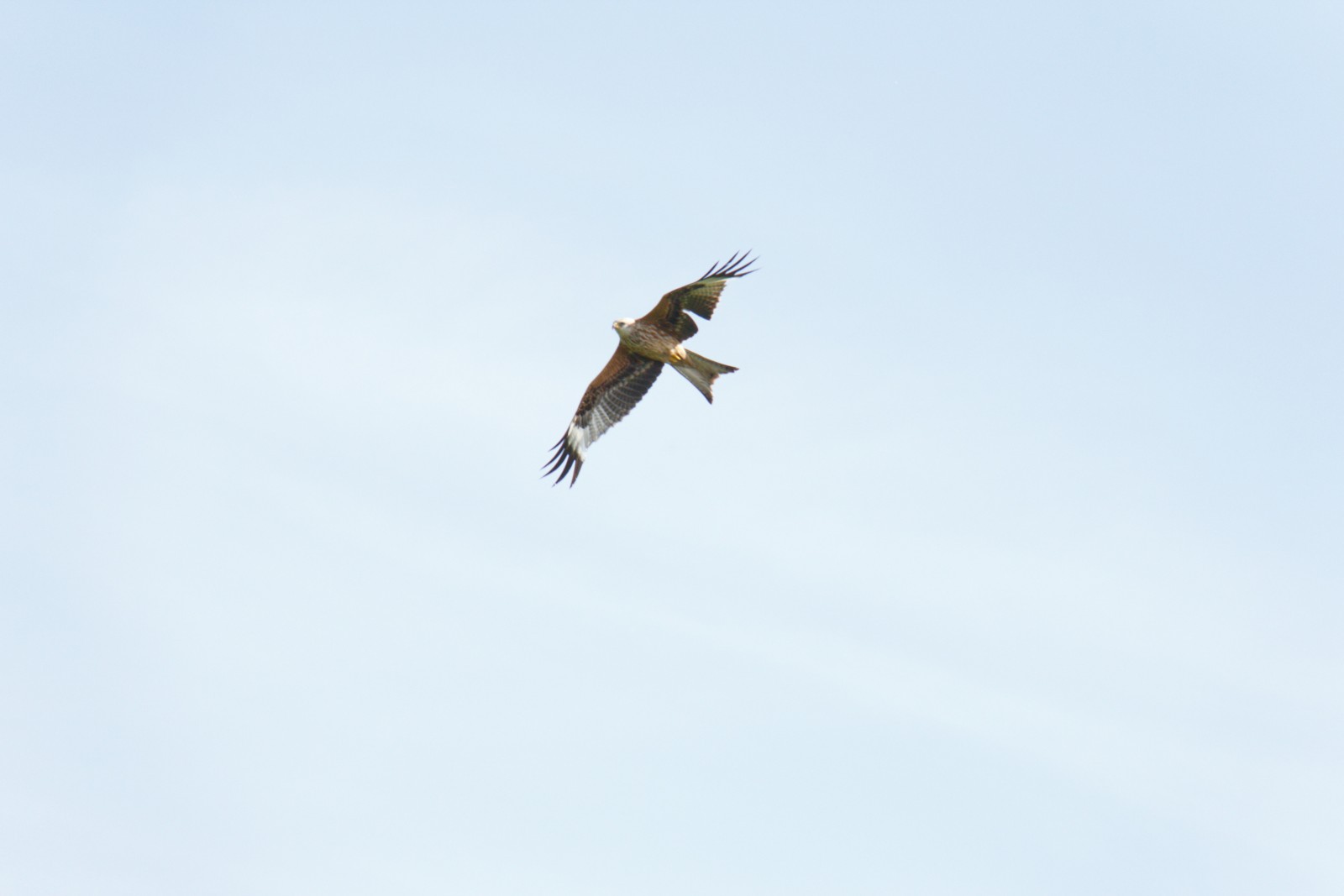Descrizione
This is an area of 157 hectares with wet meadows with a pool and a scrape. It holds large areas of water after flooding. You can see quite a few migrating birds such as Rondine, Balestruccio, Piro piro piccolo, Chiurlo maggiore, Cigno selvatico, Chiurlo piccolo, Forapaglie comune, Sterna comune, Culbianco. But also Nibbio reale, Poiana, Martin pescatore, Pavoncella, Barbagianni, Airone cenerino, Garzetta, Cuculo dal ciuffo, Migliarino di palude Ciuffolotto and also Basettino.
Best time to visit is March to end June for breeding waders and meadowbirds. November to end January for thousands of migrating birds once the area is flooded.
Dettagli
Accesso
Eight miles south east of York, four miles east of the A19. From Wheldrake follow the road (Carr Lane) towards Thorganby and out of the village where the road takes a sharp right turn. 0.5 miles further on a narrow road to you left (after the Yorkshire Water compound) takes you down to the nature reserve. Park on the stony area next to the bridge over the River Derwent.
There are two different car parks, one for Wheldrake Ings, the other one for Bank Island. Both places are really close to each other and you can easily walk between the two (10 min).
Terreno e habitat
Pianura , VelmeCaratteristiche dell’area
Terreno piano , Acqua alta possibilePercorso ad anello
NoÈ utile un cannocchiale?
Può essere utileBuona stagione per il BW
Tutto l'anno , PrimaveraMiglior periodo per visitare
Migrazione primaverile , Migrazione autunnalePercorso
Sentiero ampioGrado di difficoltà del percorso a piedi
FacileModalità di accesso
A piedi , BiciclettaCapanno/torretta di osservazione
SiInformazioni aggiuntive
The wetlands attract a wide range of birds. Spring and autumn can be exciting as migrant waders, terns and raptors pass through. Voltolino, Porciglione and Cincia alpestre all breed along with many common waders and ducks. Falco di palude, Lodolaio and Falco pellegrino are all seen regularly with the chance of an Falco pescatore or Mignattino comune during migration.




